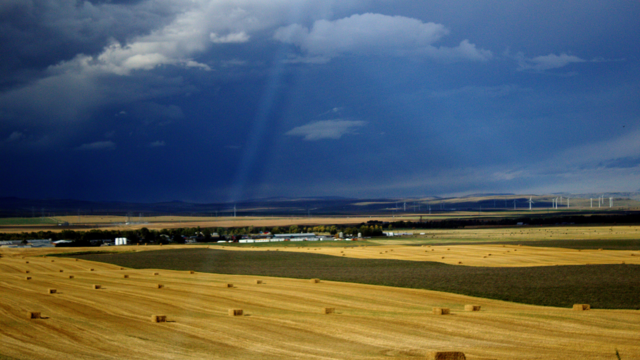What is a "Regulatory" or "Constructive" Taking?

A public authority pursuant to its statutory powers may regulate the use of land or restrict other property rights of the owner, and although title to the land is unaffected, the landowner may feel the impact of the regulation as acutely as if the land had been expropriated. In the United States and some European countries, the law recognizes a compensable “regulatory taking” where the regulations strip the land of all economic value, or force the owner to suffer a physical intrusion into the land, or are said simply to go “too far”.
This is not the law in Canada. Instead, the principle that the right to compensation must be based in statute means that an owner is not entitled to compensation unless the restrictions of the owner’s rights are so drastic that they should properly be regarded as an effective taking of the land within the meaning of the Expropriation Act. This is known as “de facto” or “constructive” taking of land.
The traditional view in Canada, however, has been that there is no expropriation unless the government acquires the title to the land from its owner. The Supreme Court reiterated this view in its 2006 decision in Canadian Pacific Railway Co. v Vancouver (City). In that case it held that a de facto taking requires first, “an acquisition of a beneficial interest in the property or flowing from it”, and second, “removal of all reasonable uses of the property”. The decision leaves the law uncertain as to whether owners must be compensated for a de facto taking. The door may be open, in theory, for successful claims in the future, but the threshold is very high and will not be met in the ordinary case.
Compensation for Land-use Regulation: ExamplesExample 2: Alberta Land Stewardship Act. In accordance with the recent Alberta Land Stewardship Act (ALSA), Cabinet may adopt regional plans that are legally binding on private lands and all development approval authorities. A regional plan may curtail the right of a landowner to use or develop his or her land, but as the previous example explains, as long as some reasonable private use of the property is left to the owner, no compensation is payable. In contrast, where a regional plan places land under a “conservation directive” to protect or enhance environmental, scenic or agricultural values, ALSA confers an express right to compensation to the title holder whose interest or estate is the subject of a conservation directive – as if expropriation has taken place. In this regard, the legislation is generous, compared with other provinces. Example 3: Species at Risk Act. The federal Species at Risk Act (SARA) provides another example of the Canadian approach to compensation. Under SARA, where a species has been listed by the federal government as endangered or threatened, no person may destroy any part of its critical habitat. Although the Act authorizes lands use restrictions that can be quite harsh, SARA allows compensation only where the prohibition against the destruction of habitat has an “extraordinary impact”. Examples 2 and 3 show that in Alberta (as elsewhere in Canada), compensation is available only in accordance with statute. |